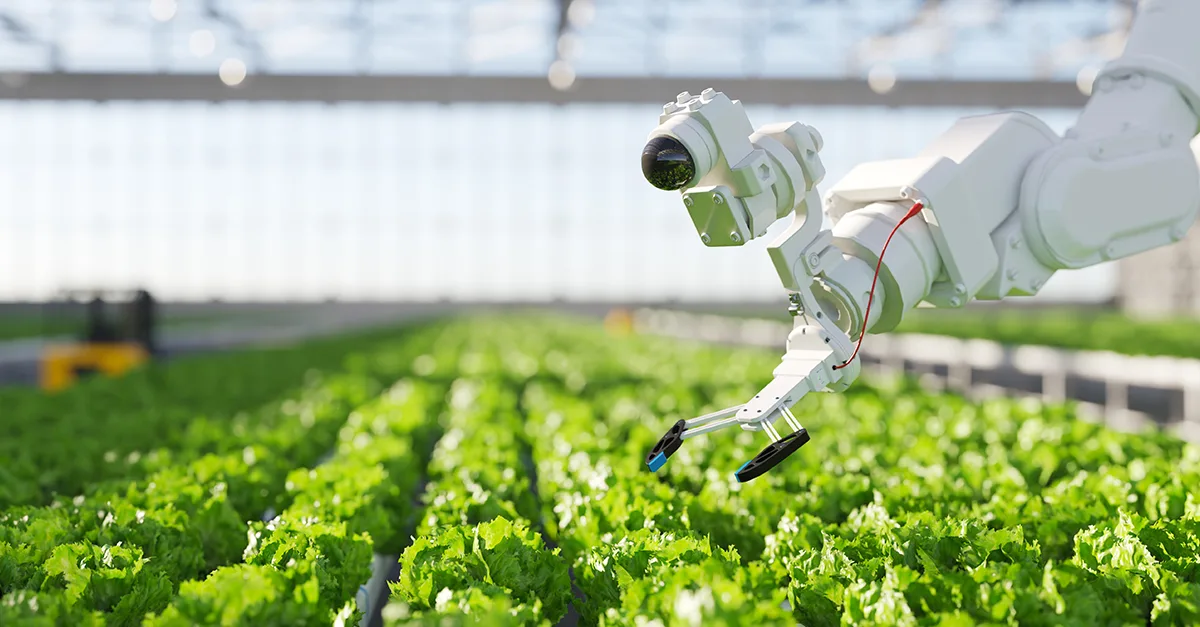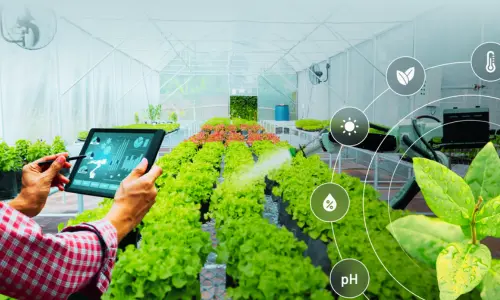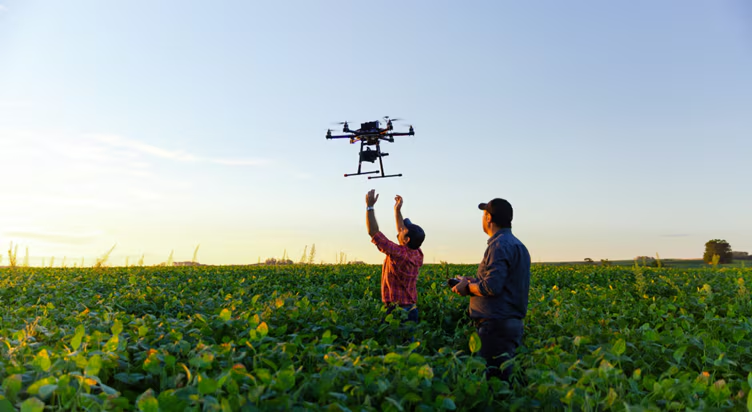Physical Address
304 North Cardinal St.
Dorchester Center, MA 02124
Physical Address
304 North Cardinal St.
Dorchester Center, MA 02124

Farming has always been an industry of innovation. From the first plow to the modern combine harvester, humans have constantly sought better ways to cultivate the land and feed a growing population. Today, we are in the midst of another revolution, one driven by data, automation, and biology. This new era is powered by agriculture technology a field transforming one of the world’s oldest professions into a high tech industry.
Understanding the agritech meaning is key to grasping its impact. Simply put, agriculture technology or agrotech, refers to the use of technology to improve the efficiency, profitability, and sustainability of farming. It’s a broad term that covers everything from GPS-guided tractors to genetically modified seeds. The core goal is to produce more food with fewer resources, addressing challenges like climate change, labor shortages, and rising global demand.
The role of technology in agriculture has never been more critical. The United Nations predicts the world population will reach nearly 10 billion by 2050, requiring a 70% increase in food production. Traditional farming methods alone cannot meet this demand. This is where high technology agriculture steps in, offering solutions to age-old problems.
By integrating advanced tools, farmers can make smarter decisions. They can optimize water usage, reduce pesticide application, and improve soil health. This not only boosts yields but also minimizes the environmental footprint of farming. The importance of technology in agriculture extends beyond the farm gate, improving supply chain logistics, food safety, and market access for producers.

Agrotechnology is not a single concept but a collection of innovations working together. Several key areas are driving the most significant changes on the farm today. Let’s explore some of the latest agriculture technology shaping the industry.
Precision agriculture is perhaps the most well-known use of technology in agriculture. It involves using sensors, drones, and satellite imagery to collect vast amounts of data about fields. Farmers can monitor soil moisture, nutrient levels, and crop health in real-time, down to the square meter.
This data-driven approach allows for precise application of resources. Instead of watering or fertilizing an entire field uniformly, a farmer can target specific areas that need it most. This reduces waste, cuts costs, and improves crop outcomes. A model based on agriculture technology might use this data to predict yields, identify disease outbreaks before they spread, and recommend optimal planting times.
From robotic weeders to autonomous tractors, automation is reshaping farm labor. These machines can perform repetitive and physically demanding tasks with greater precision and for longer hours than human workers. Drones, for example, are used for crop spraying, field mapping, and livestock monitoring.
In indoor vertical farms, robotics can handle everything from planting and nurturing to harvesting and packaging. This level of automation helps solve labor shortages, increases operational efficiency, and allows for 24/7 production cycles, independent of weather conditions.
Biotechnology has been a part of agriculture for decades, but new tools like CRISPR gene editing are accelerating progress. Scientists can now make precise changes to a plant’s DNA to enhance desirable traits. This could mean developing crops that are more resistant to drought, pests, and diseases.
This agrotechnology also helps improve the nutritional value of food. For instance, researchers are working on biofortified crops with higher levels of essential vitamins and minerals. These advancements promise more resilient food systems and better health outcomes for communities worldwide.
The Internet of Things connects everyday objects tractors, irrigation systems, and even livestock to the internet. In agriculture, IoT devices create a network of smart sensors that communicate with each other and a central platform.
A smart irrigation system can automatically adjust watering schedules based on real-time soil moisture data and weather forecasts. Livestock monitoring sensors, like those developed by companies such as Ken Agritech, can track an animal’s health and location, alerting the farmer to any potential issues. This connected ecosystem makes farm management more efficient and proactive.
The theoretical benefits of agrotech are clear, but its real-world impact is even more compelling. Companies and farmers are already seeing tangible results. For instance, some large-scale farms using precision agriculture techniques have reported significant reductions in fertilizer use while simultaneously increasing their crop yields.
Even established companies are innovating. Consider a firm like Agro Tech Foods Limited, known for its consumer food products. The efficiency of its supply chain is directly linked to the technological advancements happening on the farms that supply its raw materials. Better yields and more predictable harvests lead to a more stable and cost-effective supply chain for food processors and consumers alike.
For those seeking more in-depth knowledge, resources like a “modern technology in agriculture pdf” can provide detailed case studies and technical specifications on these innovations. Even speculative and emerging platforms, sometimes discussed under labels like “letcetra agritech,” point toward a future where technology is even more deeply integrated into our food systems.

Agriculture technology is more than just a set of tools; it represents a fundamental shift in how we think about food production. By embracing innovation, the agricultural sector can overcome its most pressing challenges and build a more sustainable and secure future for everyone.
The journey involves continuous learning and adaptation. As technology evolves, so will the practices and strategies employed on the farm. From understanding the basic agrotech meaning to implementing a complex, data-driven management system, the path forward is one of innovation. The future of farming is here, and it is smart, efficient, and technology driven.